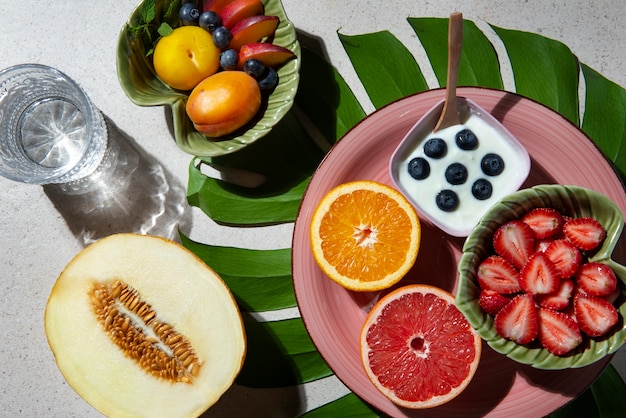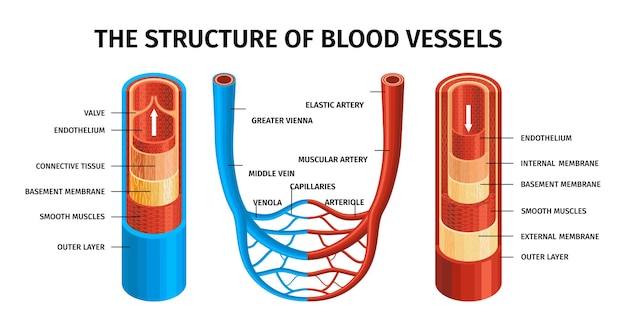Chronic inflammation is a silent but powerful force behind many of today’s most serious health conditions. Linked to diseases such as heart disease, cancer, diabetes, and Alzheimer’s, persistent low-grade inflammation can damage tissues and organs over time, increasing the risk of long-term illness. The good news? What you eat plays a crucial role in either fueling or fighting inflammation.
Emerging research shows that certain nutrients—particularly polyphenols, omega-3 fatty acids, and prebiotics—can help reduce inflammation and support overall health. These compounds work in synergy to protect cells, support gut health, and regulate the body’s immune response. Incorporating them into your daily diet may be one of the most effective strategies for long-term disease prevention.
Inflammation is a natural part of the body’s healing process. When you get a cut or infection, your immune system sends inflammatory cells to fight off invaders and repair tissue. This acute inflammation is short-lived and beneficial.
However, chronic inflammation is different. It’s a prolonged, low-level response that can persist for months or years, often without obvious symptoms. This type of inflammation has been linked to the development of numerous chronic diseases. For example, inflammation in blood vessels can contribute to atherosclerosis, a key factor in heart disease. Similarly, chronic inflammation in tissues may create an environment where cancer cells can thrive.
Polyphenols are natural compounds found in plant-based foods. They act as antioxidants, helping to neutralize harmful free radicals that can cause cellular damage and trigger inflammation. Over 8,000 types of polyphenols have been identified, with common sources including berries, dark chocolate, green tea, olives, and colorful vegetables.
Studies suggest that polyphenols can reduce markers of inflammation such as C-reactive protein (CRP) and interleukin-6 (IL-6). For instance, flavonoids—found in apples, onions, and citrus fruits—have been associated with lower risks of heart disease and certain cancers. Resveratrol, present in red grapes and wine, may also support cardiovascular health by improving blood vessel function and reducing oxidative stress.

Omega-3 fatty acids are essential fats that the body cannot produce on its own. They are best known for their role in brain and heart health, but they also play a powerful role in reducing inflammation. The two most active forms—EPA (eicosapentaenoic acid) and DHA (docosahexaenoic acid)—are primarily found in fatty fish like salmon, mackerel, and sardines.
Omega-3s work by reducing the production of inflammatory molecules such as prostaglandins and leukotrienes. Research has shown that regular consumption of omega-3s can lower the risk of heart disease by reducing triglycerides, blood pressure, and plaque buildup in arteries. Plant-based sources like flaxseeds, chia seeds, and walnuts contain ALA (alpha-linolenic acid), a precursor to EPA and DHA, though conversion in the body is limited.
The gut microbiome—trillions of bacteria living in the digestive tract—plays a key role in regulating inflammation. An imbalance in gut bacteria, known as dysbiosis, has been linked to chronic inflammation and diseases ranging from irritable bowel syndrome to autoimmune disorders.
Prebiotics are non-digestible fibers that feed beneficial gut bacteria. Found in foods like garlic, onions, leeks, asparagus, bananas, and whole grains, prebiotics help stimulate the growth of good bacteria such as Bifidobacteria and Lactobacilli. A healthy gut microbiome produces short-chain fatty acids (SCFAs) like butyrate, which have anti-inflammatory effects and help maintain the integrity of the gut lining—preventing harmful substances from entering the bloodstream.

Adopting an anti-inflammatory eating pattern doesn’t require drastic changes. It’s about making consistent, mindful food choices. Focus on whole, minimally processed foods rich in nutrients and fiber. Emphasize a variety of colorful fruits and vegetables, fatty fish, nuts, seeds, legumes, and whole grains.
At the same time, it’s important to limit or avoid foods that promote inflammation. These include ultra-processed snacks, sugary beverages, refined carbohydrates, and excessive red or processed meats. Diets high in these foods—such as the typical Western diet—have been associated with higher levels of inflammatory markers and increased disease risk.
Diet is just one piece of the puzzle. Regular physical activity, quality sleep, stress management, and avoiding smoking also play vital roles in reducing chronic inflammation. Exercise, for example, has been shown to lower inflammatory markers, while chronic stress can elevate cortisol and promote inflammation.
Together, these lifestyle habits create a strong foundation for long-term health. By combining an anti-inflammatory diet with healthy behaviors, individuals can significantly reduce their risk of developing chronic diseases.
Chronic inflammation is a key driver of many modern diseases, but it’s not inevitable. Through informed dietary choices—focusing on polyphenol-rich plants, omega-3 fatty acids, and prebiotic fibers—it’s possible to support the body’s natural defenses and promote long-term wellness. While no single food is a cure-all, a consistent pattern of eating for inflammation control can make a meaningful difference in health outcomes over time.

Health

Health

Health

Health

Health

Health

Health

Health

Health

Health

Health

Health

Health

Fitness

Health

Health